Empowering Integrated Risk Management in Large Enterprises Through KanBo
Empowering Integrated Risk Management in Large Enterprises Through KanBo
Integrated Risk Management (IRM), a strategic approach to managing and mitigating risks, requires robust practices and state-of-the-art technology. Large global corporations can elevate their ERP systems to a new level of integration and performance with KanBo, leveraging a cohesive framework for identifying, assessing, and responding to risks across all aspects of their operations. KanBo, with its comprehensive suite of features, streamlines risk management processes, fosters a culture of risk-awareness, and supports informed decision-making.
Features as Components for Integrated Risk Management
1. Workspaces
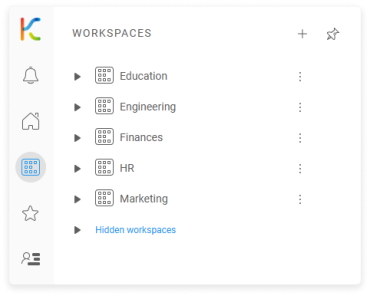
- Strategic Risk Identification: Workspaces in KanBo allow high-level planning and collaboration among C-Level executives and directors, fostering an environment where strategic risks can be identified, categorized, and managed with a top-down approach.
2. Spaces

- Cross-Functional Risk Collaboration: Designed to house projects or specific operational areas, Spaces enable managers and department heads to collaborate effectively. This ensures that all levels of the organization are aligned in assessing and mitigating risks, securing a comprehensive view of the enterprise risk landscape.
3. Cards

- Tactical Risk Actions: At the core of KanBo's IRM capabilities are Cards, which represent tasks or objectives. They provide a detailed insight into the specific actions taken to address risks at the operational level, assigned to and managed by knowledge workers and department specialists.
4. Card Relations
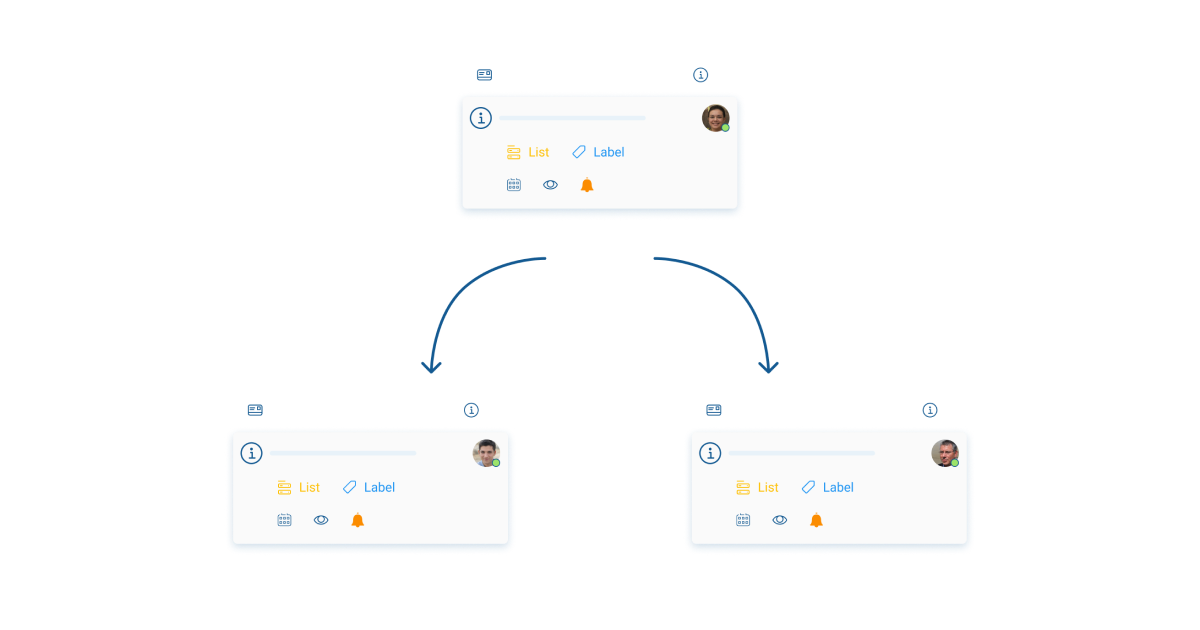
- Risk Dependencies and Prioritization: Understanding the interconnectivity of risks within projects is crucial for effective mitigation. Card Relations help in identifying dependencies and sequencing risk management activities, ensuring that critical risks are prioritized.
5. Calendar View

- Risk Management Scheduling: Effective IRM requires timely interventions. The Calendar view enables scheduling risk assessments and tracking deadlines for implementing risk responses, allowing managers and teams to stay on top of risk mitigation efforts.
6. Gantt Chart View
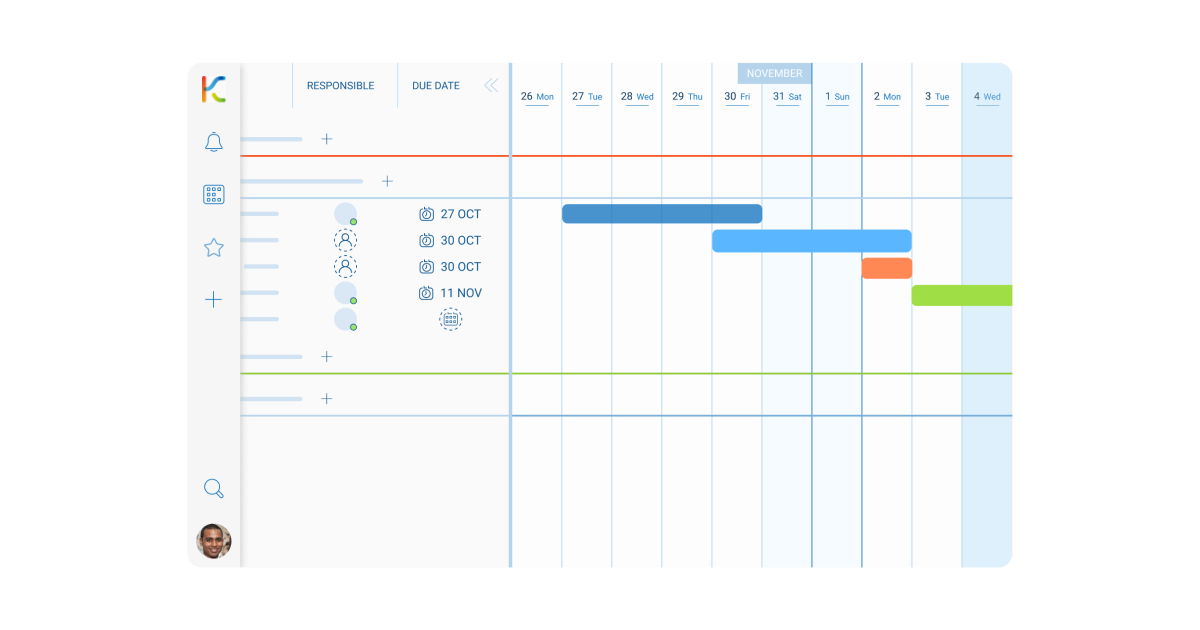
- Project Risk Oversight: For complex projects with multiple risk factors, the Gantt Chart view provides a visual timeline of risk management activities, offering project managers a tool to oversee risk mitigation strategies against project milestones.
7. Forecast Chart

- Predictive Risk Analysis: Understanding future risk trends is vital. The Forecast Chart allows leaders to predict how well the organization can achieve its objectives amidst uncertainties, based on past performance data and ongoing risk management efforts.
8. Global Settings
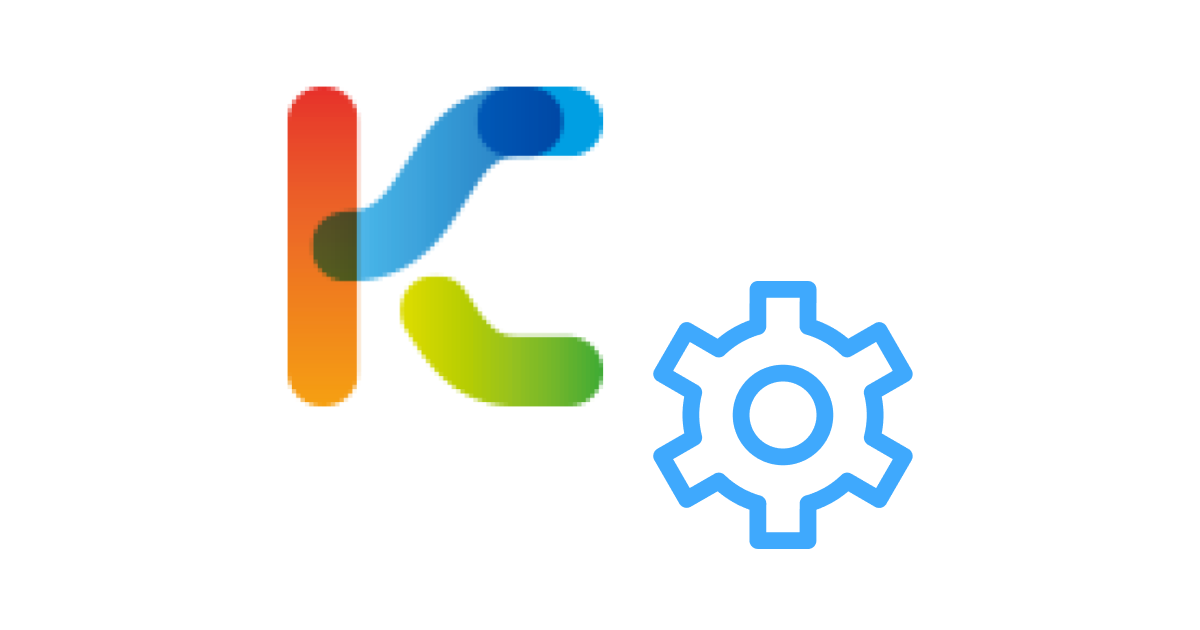
- Risk Management Policy and Culture: Centralized settings enable the embedding and enforcement of risk management policies across the platform. This feature supports the development of a risk-aware culture organization-wide by ensuring consistent application of risk management practices.
9. Activity Stream
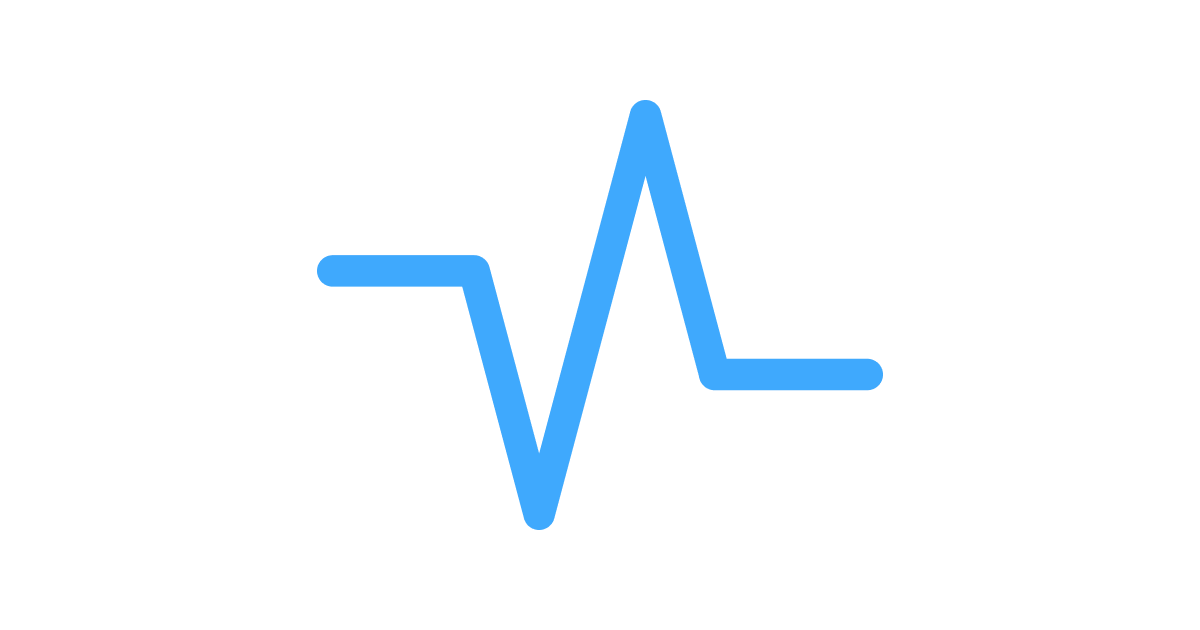
- Real-Time Risk Monitoring: The platform's activity stream offers real-time monitoring of risk-related activities and updates, essential for immediate response actions and the continuous assessment of the risk environment.
10. Document Templates

- Standardized Risk Reporting: Templates ensure that risk assessments, reports, and mitigation plans are standardized across the organization. This aids in maintaining consistency and clarity in communication about risks.
Through the integration of these features, KanBo offers large enterprises a dynamic and interconnected framework for managing risks. The platform's flexibility and depth support the operationalization of Integrated Risk Management, making it a valuable tool for organizations committed to excellence in risk governance and performance optimization.
